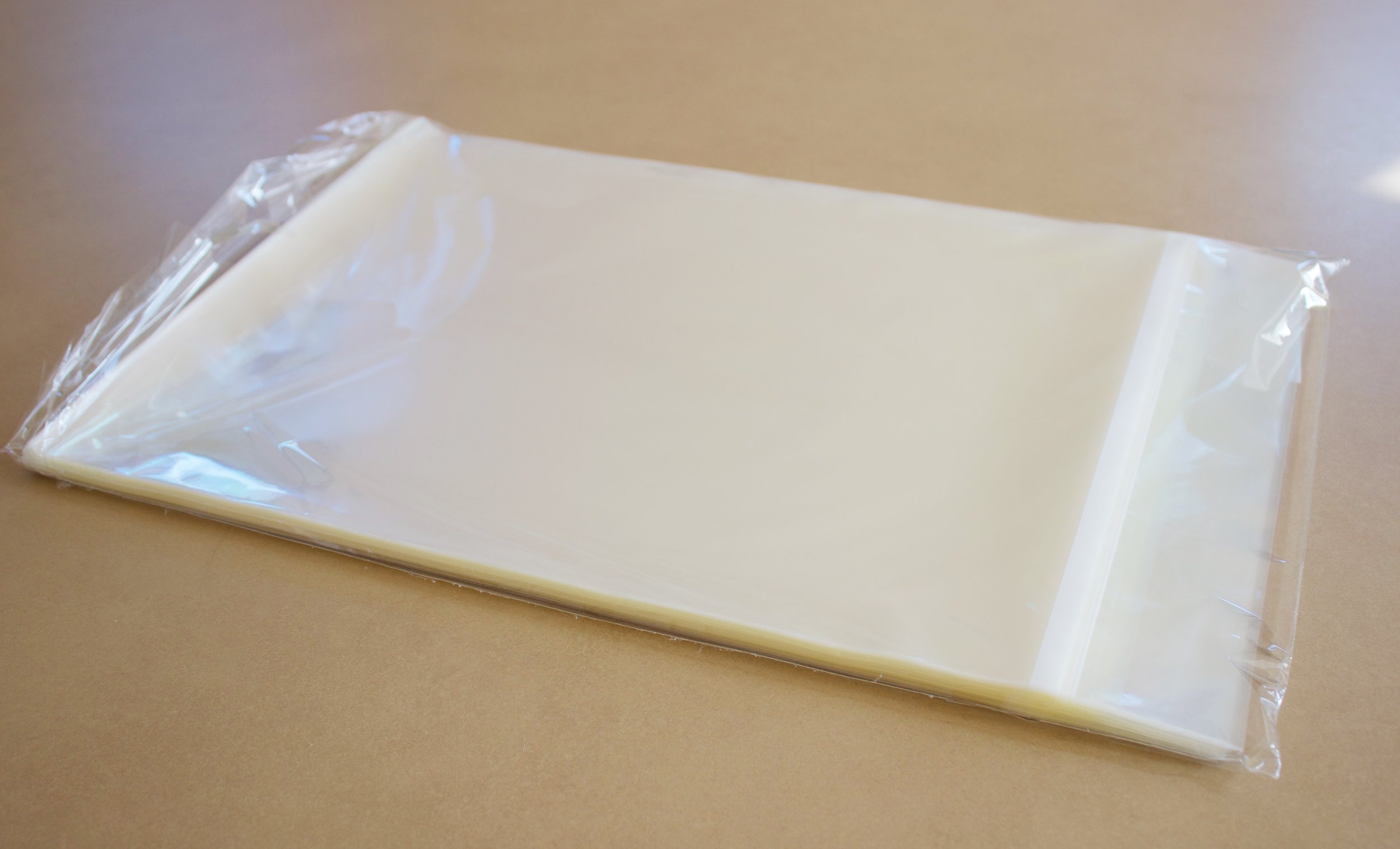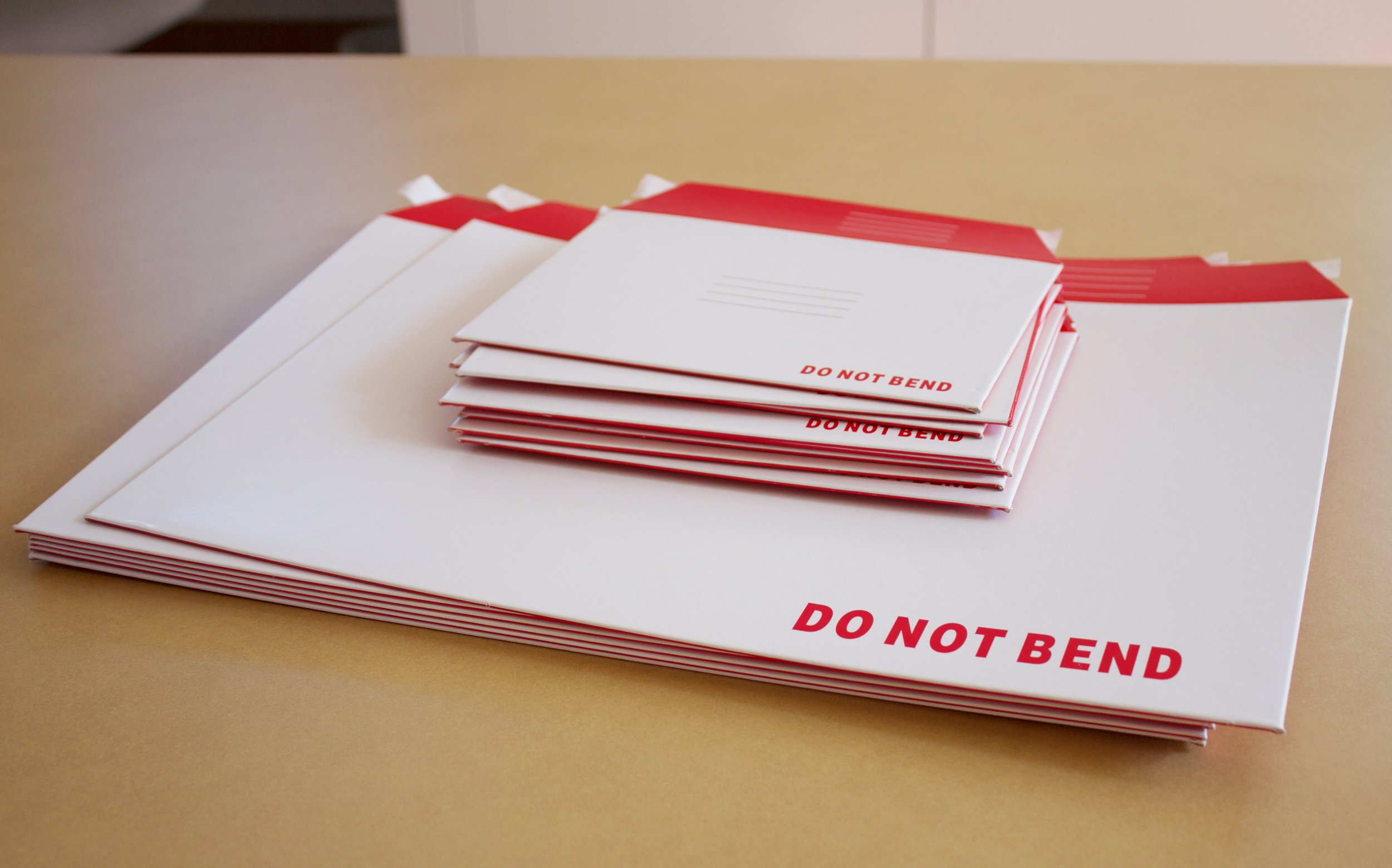How to Safely Ship a Painting: A Guide for Watercolour Artworks
Hello, fellow artists and art enthusiasts!
Today, I’m sharing some ideas for shipping watercolour paintings. Whether you own an art business or enjoy sending your masterpieces to friends and family, you want to take the necessary precautions. Ensuring your artwork reaches its destination unharmed, unbent, and clean is crucial, especially when you've poured your heart and soul into each piece. Shipping artwork requires careful planning and execution to ensure safe arrival. Each piece of art provides unique challenges, and factors like weather and package shifting during transit emphasise the importance of careful packaging.
Prints and paintings to be packaged and shipped.
Prints in acid free plastic envelopes waiting to be packaged.
Here’s a step-by-step guide to packaging and shipping paintings safely.
Protect the Surface
The first step in safeguarding your painting while shipping artwork is to protect the delicate watercolour surface. I always place protective material like a clean sheet of acid-free tissue paper or archival quality glassine paper (acid free glassine paper) over the painted side. This layer protects the painting from smudging and any potential abrasion during transit. If shipping multiple pieces at once, repeat this step for each artwork. I place prints and smaller paintings, including art prints, in acid-free plastic envelopes.
Acid free glassine paper is perfect for protecting watercolour paintings.
I buy acid free plastic envelopes in bulk in A5, A4 and A3 size.
Reinforce the Paper
Next, sandwich your painting between two pieces of sturdy, acid-free cardboard sheets or foam board. Make sure the boards are slightly larger than your painting to provide a buffer zone. This step is crucial as it prevents the painting from bending or getting damaged by impacts. Additionally, you may want to use cardboard corner protectors secured with artist tape to ensure the artwork is well-protected during shipping. Make sure to fill extra spaces — your artwork should rest securely in its box without floating around and potentially damaging the paper.
Wrap Securely
To shield your artwork from moisture and dirt, wrap the entire cardboard sandwich in plastic wrap or place it in a clear plastic sleeve. This creates a waterproof barrier, ensuring your painting remains pristine.
Add Padding
For added protection, use additional bubble wrap or packing paper around the cardboard sandwich. This cushioning absorbs any shocks and prevents the painting from shifting during transport. Don't skip the necessary packing materials to avoid damaging the painting.
Bubble wrap is useful in protecting your paintings during transit
Use a Flat Mailer
Place the padded and wrapped painting into a rigid, flat mailer designed specifically for artwork or an appropriately sized box. Choose a mailer that’s the right size - not too tight, but snug enough to prevent movement inside. This step is vital in maintaining the painting’s integrity. If you ship multiple pieces or artwork with a wooden frame, use a shipping box. For fine art, using a flat mailer or an appropriately sized box is crucial to maintain the artwork's integrity.
Rigid, flat mailers.
Some artists use shipping tubes, however this requires the recipient to flatten the painting upon arrival or putting it behind glass. If you use a shipping tube, proceed like this: Wrap your artwork with glassine paper, roll the paper-covered artwork, seal the roll and slide it in the outer tube, and fill extra spaces with bubble wrap or eco-friendly void filler.
Seal and Label
Before you ship art, seal the mailer securely with high-quality packing tape. Clearly label the package with “Do Not Bend” and “Fragile” stickers. For extra precaution, write these instructions prominently on the package. This alerts handlers to treat your parcel with care. Print your shipping label or handwrite with extra care.
Choose a Reliable Shipping Service
When you ship artwork, opt for reputable shipping services that offer tracking and insurance. Shipping companies specializing in artwork handling are ideal. Tracking ensures you can monitor the shipment, and insurance provides peace of mind in case of any unforeseen issues. Use consolidated freight for efficient shipping. Consolidated freight shipping services are always provided by licensed and insured shipping companies.
Additional Protection (Optional)
For those extra special pieces, consider placing the flat mailer inside a larger outer box with padding on all sides. This double-boxing method offers an additional layer of security, ensuring your masterpiece arrives safely.
Consider Weather Conditions
When shipping your artwork, especially internationally, be mindful of the weather conditions at both the departure and destination locations. Extreme temperatures and humidity can affect watercolour paintings in a cardboard box. Inform the recipient if the package will be exposed to adverse weather conditions, so they can bring it indoors promptly.
Include a “Thank You” Note
Adding a personal touch like a “Thank You” note, or a certificate of authenticity can make the unboxing experience special for your buyer. It’s these small details that enhance the overall experience and show your appreciation.
Inform Your Recipient
Once your painting is shipped, communicate with the recipient. Provide them with the tracking number and estimated delivery date. This helps them anticipate the delivery and take necessary steps to ensure its safe arrival.
Eco-Friendly Options
For environmentally conscious artists, consider using eco-friendly packaging materials. There are many sustainable options available that do not compromise on protection, such as biodegradable bubble wrap and recycled cardboard.
Shipping Insurance and Documentation
For valuable artwork, always insure your shipment for its full value. Additionally, keep copies of all documentation, including photos of the packaged artwork, shipping receipts, and insurance details. This can be helpful in the unlikely event of a claim.
Test the Packaging
Before committing to a packaging method, test it with a less valuable piece to ensure it withstands the shipping process and chosen shipping method. You can even send a trial package to a friend or family member to get feedback on its condition upon arrival.
Custom Declarations for International Shipping
If you’re shipping internationally, be aware of customs regulations and requirements. Properly declare the contents and value of the artwork to avoid any issues or delays at customs. Research the destination country's specific requirements to ensure smooth transit.
Calculate Dimensional Weight
Shipping costs aren't just about the actual weight of your package. Many shipping companies use dimensional weight (DIM weight) to determine the cost, especially for larger but lighter packages. Shipping companies will charge you based on the higher of the actual weight or the dimensional weight.
Determine Shipping Costs
To determine the shipping costs, you'll need to weigh your packaged artwork using a reliable scale. Compare this actual weight with the calculated dimensional weight and use the higher value. Then, consult with your chosen shipping service to get a quote based on this weight.
Avoiding Common Mistakes when Shipping Art
Don’t allow bubble wrap to come in direct contact with your art
Use acid-free paper to protect the painting.
Don’t reuse old boxes
Use a new box to protect your artwork and show your client that you value their purchase.
Don’t use Styrofoam peanuts for shipping paintings
Bubble wrap is the correct material for filling voids in boxes when shipping paintings.
By incorporating these tips, you can ensure that your beautiful watercolour paintings reach their new homes safely and securely. Shipping artwork may seem daunting, but with the right preparation and care, you can make the process smooth and stress-free.
Thank you for following along, and happy painting and shipping!
Louise
If you are interested in learning to paint in watercolour, I have over 170 online, voiced over watercolour tutorials for all skill levels.















